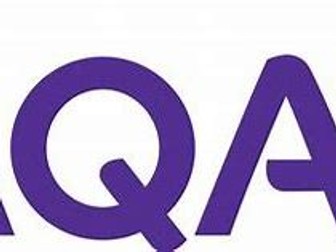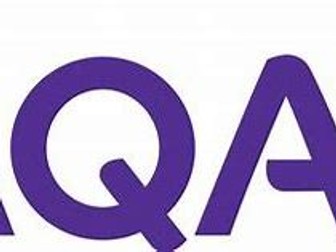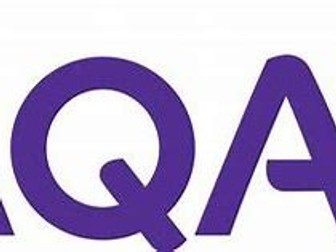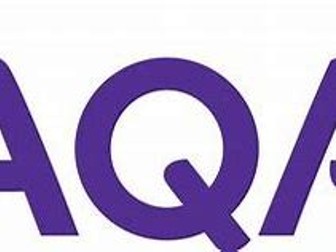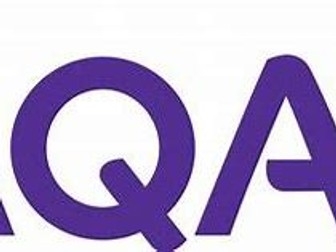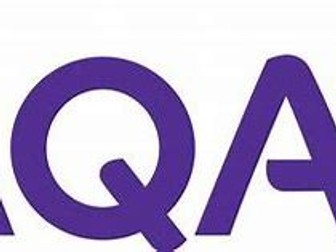Complete AQA A level Beliefs in Society unit.
<p>These resources have been designed for the AQA A level / AS level sociology exam board and meet their assessment objectives (knowledge, understanding, application, analysis and evaluation skils. The resources cover the following topic areas. The resources are mainly powerpoints with student activities in them. The resources use model essays, scaffolding for essay writting, quizzing for recall/ retention, past exam questions, assessment for learning questions, deliberate practice and dual coding of concepts. Where it’s stated to read the textbook, the textbook used is the either thw AQA A Level Sociology Book One Including AS Level by Webb et al (if this resource is a AS resource) or AQA A Level Sociology Book two Including A Level by Webb et al (if this resource is a A level resource. Visit my TES resource shop for more complete A level sociology resources.</p>
<p><strong>Beliefs in Society</strong><br />
Students are expected to be familiar with sociological explanations of the following content:</p>
<ul>
<li>ideology, science and religion, including both Christian and non-Christian religious traditions</li>
<li>the relationship between social change and social stability, and religious beliefs, practices and organisations</li>
<li>religious organisations, including cults, sects, denominations, churches and New Age movements, and their relationship to religious and spiritual belief and practice</li>
<li>the relationship between different social groups and religious/spiritual organisations and movements, beliefs and practices</li>
<li>the significance of religion and religiosity in the contemporary world, including the nature and extent of secularisation in a global context, and globalisation and the spread of religions.</li>
</ul>
